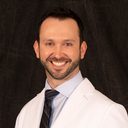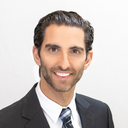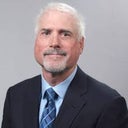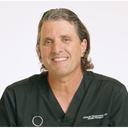Posted underFacelift q&a
How are muscles repositioned in a facelift, are they cut & reattached or repositioned with stitches?
How are muscles repositioned in a facelift. Are the muscles cut and then reattached or are they repositioned with stitches.
Answers (13)
From board-certified doctors and trusted medical professionals
Dr. Michael Zacharia, MBBS, FRACS, FAAFPS

Dr. Michael Zacharia, MBBS, FRACS, FAAFPS
Specialist Otolaryngologist
Answer
Dr. Stephen Prendiville, MD

Dr. Stephen Prendiville, MD
Board Certified Facial Plastic Surgeon
Answer
Dr. Jonathan Kulbersh, MD

Dr. Jonathan Kulbersh, MD
Board Certified Facial Plastic Surgeon
Answer
Dr. Bryan Brandon, MD

Dr. Bryan Brandon, MD
Board Certified Facial Plastic Surgeon
Answer
Dr. Cory Bovenzi, MD

Dr. Cory Bovenzi, MD
Board Certified Facial Plastic Surgeon
Answer
Dr. Richard G. Schwartz, MD

Dr. Richard G. Schwartz, MD
Board Certified Plastic Surgeon
Answer
Dr. David Samimi, MD

Dr. David Samimi, MD
Oculoplastic Surgeon, Board Certified in Ophthalmology
Answer
Dr. Zoran Potparic, MD

Dr. Zoran Potparic, MD
Board Certified Plastic Surgeon
Answer
Dr. Ronald Schuster, MD

Dr. Ronald Schuster, MD
Board Certified Plastic Surgeon
Answer
Dr. John Michael Thomassen, MD

Dr. John Michael Thomassen, MD
Board Certified Plastic Surgeon
Answer
More Facelift Questions
See all Facelift Q&AWE SEND PRETTY
EMAILS
What’s trending? Who’s turning heads? Which TikTok myths need busting? We’ve got you. No fluff, no gatekeeping—just real talk. Get our free, unfiltered newsletter.